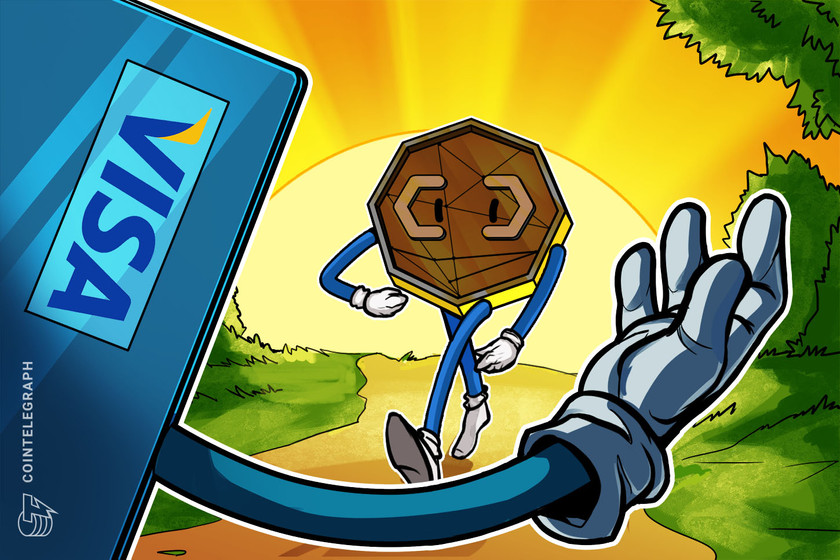Blockchain Co-Inventor Offers His View Into Satoshi Nakamoto’s Background
Blockchain co-inventor, Scott Stornetta, profiles Satoshi Nakamoto for Cointelegraph.
In a recent Cointelegraph interview, Stornetta explained why he could not have been Satoshi Nakamoto, or part of Bitcoin’s creation. He also ruled out Craig Wright as a possible candidate. Although he may not know the true identity of Bitcoin (BTC)’s founder, Stornetta shared some possible insights into the creator’s background.
Being a cypherpunk is enough
Stornetta tends to believe that Satoshi was rather an individual than a team. He discounts the argument that in order to create Bitcoin, one would have needed to be knowledgeable in too many disciplines — being a cypherpunk would have been enough, Stornetta contends:
“And some of the arguments for the team are, gee, this guy was somebody that knew crypto, but he also knew programming and he also knew economics and math, monetary policy and so forth. But quite frankly, to me, he reads like someone who was a software engineer, who followed the cypherpunks mailing list. And I think that alone is enough to justify his level of understanding about cryptography and economics.”
Stornetta, himself, was on the cypherpunk mailing list in the early days, but had left prior to the release of Bitcoin. The genius of Satoshi does not lie in any particular discipline, but is rather of the eclectic nature — the ability to arrange disparate pieces into a beautiful mosaic.
He is also of the opinion that despite the founder’s Japanese name, Satoshi, likely was a Westerner residing in the eastern United States. He is basing the latter assumption on the timestamps of Satoshi’s emails.
Satoshi could have been a “peer”
Stornetta might have crossed paths with Satoshi at one of the many cryptographic conferences that were taking place at the University of California Santa Barbara. The ideas about cryptography, software development, economic incentives that Satoshi absorbed in Bitcoin were percolating at those gatherings. Furthermore, Stornetta says that the evidence points to Satoshi not being a trained cryptologist. Although he believes the work that Satoshi did to be a work of genius, the technical expertise required for building Bitcoin, would suggest that a few hundred individuals could have done it:
“And what I’m getting at is all of those kinds of things that he talks about were sort of in the air amongst cryptographers. For example, all of the economic impact things, that would be a typical conversation that people in this community would have. And so I think there’s a few hundred people that could have filled the role. There is some evidence that this person was not really trained as a cryptologist. And I think there’s evidence of that in the way the implementation is done.”
Both Stornetta and Satoshi have apparently spent a lot of time and effort on solving one of the crucial problems of a decentralized system — how to instill consensus into a network made up of participants with misaligned incentives:
“I was impressed with Satoshi that he also grasped how crucial it was to solve the incentive problem among the participants, that’s the kind of thing that made him feel like, you know, we could have been peers, like he wrestled with the same issues that we wrestled with.”
Stornetta admits that Satoshi’s solution — the introduction of mining and block rewards — is not something that he ever considered. The fact that the “mining idea” Satoshi borrowed from Adam Back’s Hashcash only underscores the eclectic nature of Satoshi’s genius.
In an upcoming story, we will reveal the different paths to decentralization, the two pioneers took.









